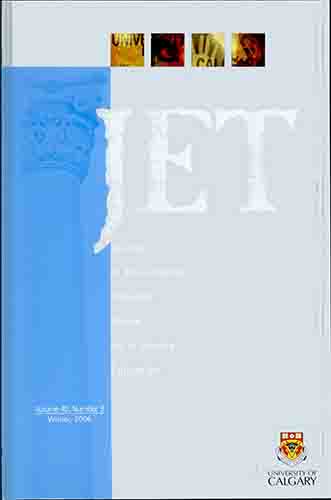Curriculum Spaces: Situating Educational Research, Theory, and Practice
DOI:
https://doi.org/10.11575/jet.v40i3.52542Abstract
This paper provides a rationale for attending to the spatial dimension in curriculum inquiry, theory, and practice. I first describe the dual constructs of space and place in order to show why the spatial dimension tends to be disregarded in curriculum studies. Next I present research demonstrating the diverse processes through which students construct spatial meanings, the multiple senses of place that result, and how spatial meaning contributes to individual and group identity formation and sense of belonging in schools. I explore also the pedagogical nature of space and place. As powerful cultural and political constructions, school spaces and places teach: they shape and are shaped by curriculum processes. This pedagogical dimension reveals the important role schools play in educating place-makers. I conclude by conceptualizing an ecological and relational approach to curriculum understanding that is situated in the unique spaces and places in which we teach and learn.Downloads
Published
2018-05-17
Issue
Section
Articles
License
The Journal of Educational Thought retains first publication rights for all articles. The Journal grants reproduction rights for noncommercial educational purposes with the provision that full acknowledgement of the work’s source be noted on each copy. The Journal will redirect to the appropriate authors any inquiries for further commercial publication of individual articles. All authors wishing to publish in JET will be asked to fill in and sign a Consent to Publish and Transfer of Copyright agreement.
Authors must affirm that any submission to JET has not been and will not be published or submitted elsewhere while under considration by JET.

